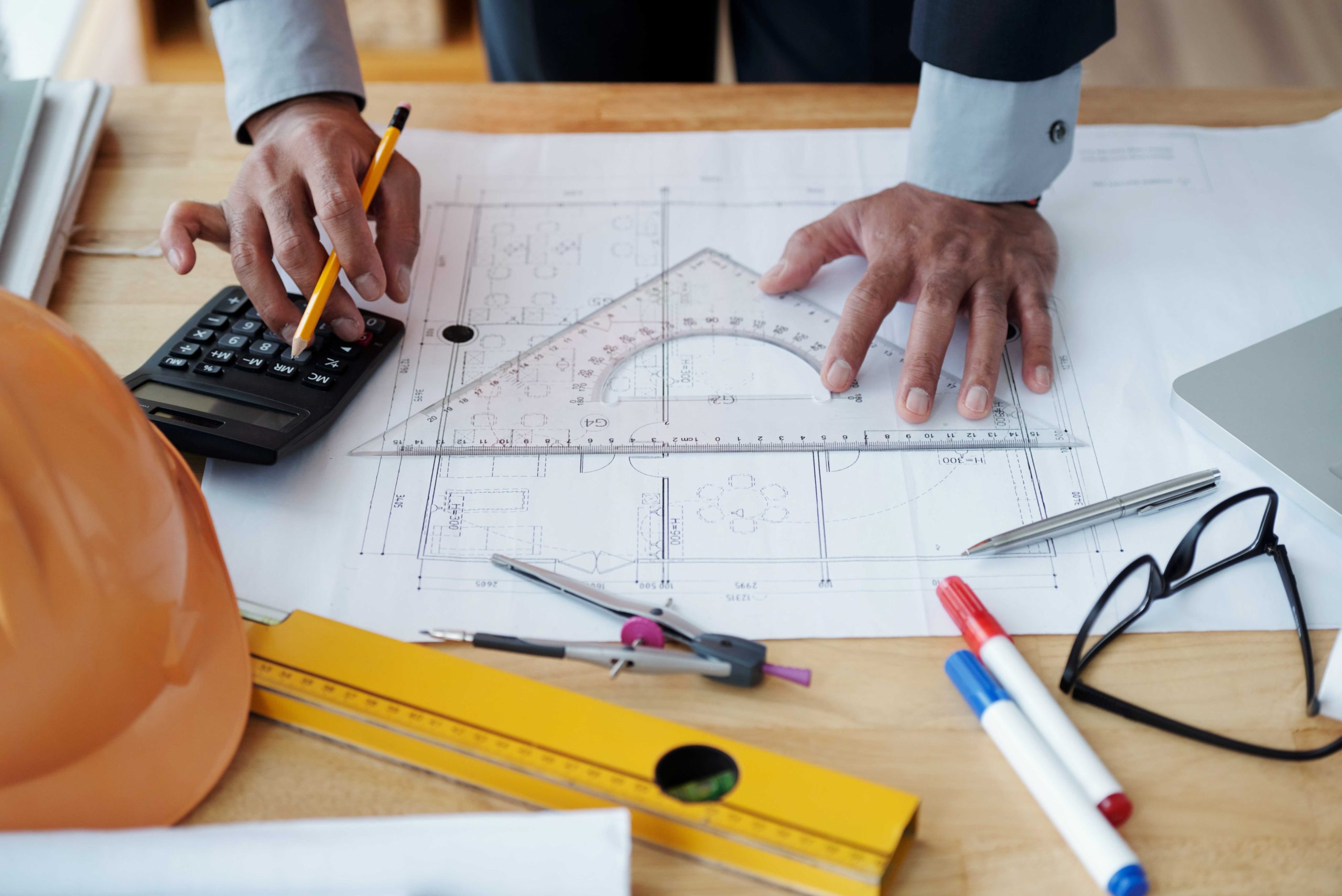Have you ever marveled at a towering bridge or an awe-inspiring skyscraper? Civil engineering, the backbone of modern infrastructure, is responsible for these structural wonders. At its core, civil engineering encompasses the conception, planning, design, construction, and maintenance of the structures and systems that form the foundation of our societies. From bridges and buildings to roads and dams, these structures impact our daily lives in countless ways.
Structural design in civil engineering is the critical discipline that meticulously orchestrates materials, forces, and innovative ideas to create safe, functional, and long-lasting marvels. Learn more about the role of structural engineers in real estate development.
Understanding the Role of Structural Design in Civil Engineering
Structural design in civil engineering plays a pivotal role in creating efficient and resilient structures. This discipline applies principles of physical laws and mathematics to analyze and design structures that ensure safety, stability, and cost-effectiveness. Read more on ASCE’s guidelines for structural design.
Engineers rely on structural design to determine the strength of materials and assess the integrity of buildings, ensuring the structures can withstand environmental forces and human use.
Exploring Structural Design Principles
1. Material Selection and Performance
The evolution of materials has transformed structural design in civil engineering. From traditional materials like concrete and steel to advanced composites such as carbon fiber and engineered timber, material selection has become a key factor in the design process.
For example, cross-laminated timber (CLT) offers a sustainable alternative to steel and concrete, providing comparable strength while reducing the carbon footprint of construction projects. This innovation highlights how structural design in civil engineering is evolving with environmental considerations in mind.
2. Load Analysis and Forces
Structural design in civil engineering begins with analyzing loads that a structure must endure—such as dead loads, live loads, wind loads, and seismic loads. Load analysis ensures the structure’s stability under various forces.
Take the iconic Burj Khalifa as an example. Its engineers used advanced wind tunnel testing and structural modeling to ensure the tower’s stability against extreme winds and seismic forces.
3. Innovations in Design Techniques
Technology is revolutionizing structural design in civil engineering. Parametric design, driven by algorithms, allows engineers to optimize structures by generating multiple design iterations. Meanwhile, Building Information Modeling (BIM) fosters collaboration across multidisciplinary teams during design, construction, and maintenance.
An example of BIM’s effectiveness can be seen in London’s Crossrail project, where the technology significantly improved stakeholder coordination and reduced errors.
4. Sustainability and Resilience in Design
Sustainability is at the forefront of modern structural design in civil engineering. Engineers are increasingly using eco-friendly materials such as recycled steel and environmentally friendly concrete mixes to lower the carbon footprint of buildings.
Additionally, resilience features like earthquake-resistant construction techniques and green roofs are being incorporated into structural design to enhance the longevity and adaptability of structures. Biophilic design, which integrates natural elements like green spaces and natural light, is another trend promoting well-being in urban areas.
5. Human-Centric Design and Social Impact
Beyond functionality, structural design in civil engineering is about improving lives. Today, there’s a focus on creating inclusive and accessible structures for all. Cultural sensitivity and community engagement are also vital, as demonstrated by the transformation of New York City’s High Line—a former railway turned into an elevated park, revitalizing the surrounding neighborhood and creating a space that celebrates both community and history.
6. Regulatory Standards and Compliance
Regulatory standards shape structural design in civil engineering by ensuring safety and compliance with established codes. Organizations like the International Code Council (ICC) and the American Society of Civil Engineers (ASCE) set guidelines that engineers must follow.
For instance, in Japan, stringent seismic building codes have led to the creation of earthquake-resistant buildings that protect public safety in one of the most earthquake-prone regions on the planet
7. Future Trends and Technologies
The future of structural design in civil engineering holds exciting possibilities. Technologies like 3D printing are poised to revolutionize construction by enabling faster builds with minimal material waste. Nanotechnology offers the potential for stronger, more durable materials engineered at the molecular level. Robotics and AI-driven tools are streamlining labor-intensive tasks, improving efficiency and safety on job sites.
Conclusion: The Vital Role of Structural Design in Civil Engineering
The importance of structural design in civil engineering goes beyond creating physical structures—it’s about shaping the future of societies. Structural design in civil engineering ensures that buildings are safe, functional, and sustainable. By embracing innovation and sustainability, structural design in civil engineering will continue to evolve, promising a future where infrastructure is resilient, eco-friendly, and aligned with the needs of communities and the planet.



